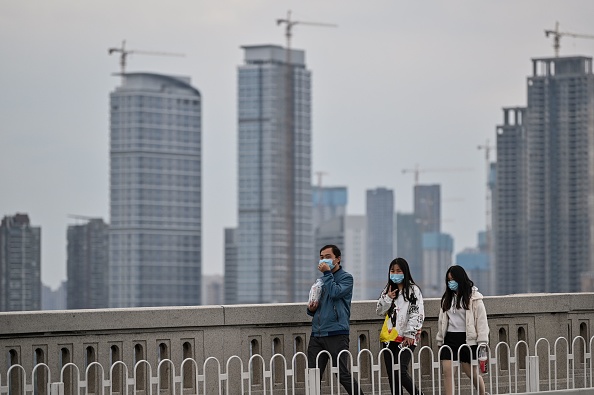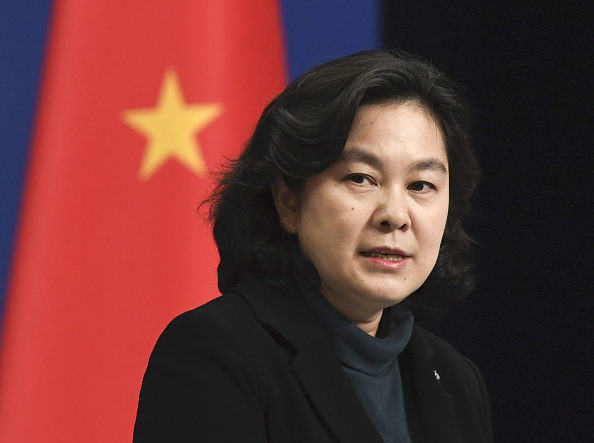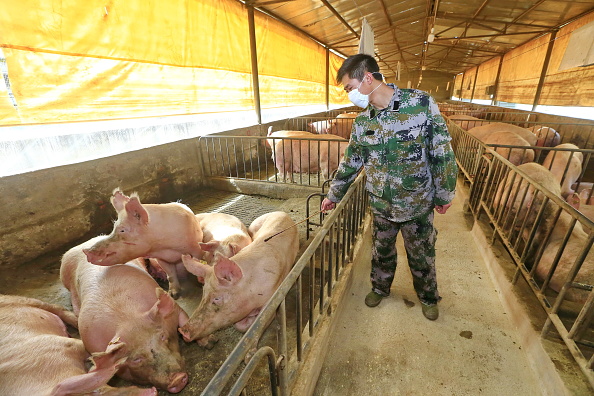
 Shifting Gears
Shifting GearsAs the coronavirus continues its destructive sweep across the globe, the city where the first cases of the deadly virus were reported is starting to reopen for its citizens. Wuhan, a city of 11 million people, saw residents leaving their homes for the first time in ten weeks, venturing outside to work, socialize, and regain a sense of normalcy in their lives. Despite the signs of confidence that the city has flattened the curve, such as the airport reopening and public transport starting to run again, Chinese authorities are concerned that the city may face the threat of another wave of infections.
Factories and Chinese workers are starting to hum back to life, and manufacturing surprisingly expanded in March despite low expectations, although much of the expansion was a result of a complete cessation of manufacturing activities in prior months. The Chinese economy faces a steep recovery in 2020 and projections show a stalling in growth for the first time in 44 years - some expect that the $14 trillion economy won't grow at all this year, jeopardizing millions of jobs.
As the United States assumes the mantle of the country with the highest number of COVID-19 cases, U.S. intelligence analysts have reported that China intentionally concealed the number of coronavirus cases and deaths it suffered from the disease, and various lawmakers in the U.S. have criticized China and called for further inquiries into the allegations. China denied that it has underreported the impact of the virus, calling the accusations a "despicable attempt to put political interests above human life." Read more from David Shambaugh, Gaston Sigur Professor of Asian Studies, Political Science & International Affairs at George Washington University.
 Military-Tech Fusion
Military-Tech FusionAmid the global coronavirus outbreak, Washington is debating tightening export controls on advanced technology, an effort many experts are saying is aimed directly at China. The Trump administration approved a draft rule to tighten restrictions on advanced technology exports of radar equipment, semiconductors, optical gear, and other materials, amid concerns that China is using U.S. technology to bolster its military apparatus. Senior members of the Trump administration convened last week to discuss stopping exports, but have not finalized any restrictions.
Echoing the administration's concerns is former White House official Tim Morrison, who commented that because "The Chinese have said to us, 'anything you give to us for a commercial purpose is going to be given to the military,' what point is there in maintaining a distinction in our export control regulations?" In response, Chinese foreign ministry spokeswoman Hua Chunying urged the U.S. to "stop this purposeful slandering and look at China's policy in an objective way and do more for the cooperation between our two sides."
The restrictions come as China and the U.S. fight a dual battle against the coronavirus, in which both countries have been majorly impacted. Technology remains a vital piece in the fight against the virus. After the H1N1 in 2009, "American and Chinese health authorities shared information and technology to facilitate national monitoring of H1N1's spread and to develop a vaccine," according to Jennifer Huang Bouey of the Rand Corporation. Read more on US-China technology relations in the time of COVID-19 from Christopher McNally, professor of Political Economy at Chaminade University.
 When Pigs Fly
When Pigs FlyChina is looking outside its borders as it seeks to replenish its swine population, after almost half of its pigs died in an outbreak of African Swine Fever in 2018. Over 4,000 pigs have already been flown into China and many more are on their way from. China accounts for half of the world's pork consumption, but is now unable to produce enough for its domestic demand. Pork output fell by 21% in 2019 and prices went through the roof. The Ministry of Agriculture held a video conference with local governments on Wednesday about achieving its full-year pork production target, and discussed measures to prevent a resurgence of the disease.
China reported several new cases of the disease this month, including this week in Inner Mongolia, and others in Sichuan, mostly from illegal transportation of pigs.
Prepared by China-US Focus editorial teams in Hong Kong and New York, this weekly newsletter offers you snap shots of latest trends and developments emerging from China every week, while adding a dose of historical perspective.
- 2020-03-28 Cooperation or Confrontation
- 2020-03-20 World in Turmoil
- 2020-03-13 Global Emergency
- 2020-03-06 Global Strains
- 2020-02-28 Coronavirus Gone Global
- 2020-02-22 The Virus Continues
- 2020-02-15 Asserting Control
- 2020-02-08 A Novel Outbreak
- 2020-01-31 Global Health Emergency Declared
- 2020-01-24 Celebrations Grounded
- 2020-01-17 Signed, Sealed, Delivered
- 2020-01-10 Ink the Deal
- 2019-12-20 A Level Playing Field
- 2019-12-13 It’s a (Limited) Deal!
- 2019-12-06 An Arbitrary Deadline
- 2019-11-22 On or Off Again?
- 2019-11-15 Counterweight Critique
- 2019-11-08 "I haven't agreed to anything"
